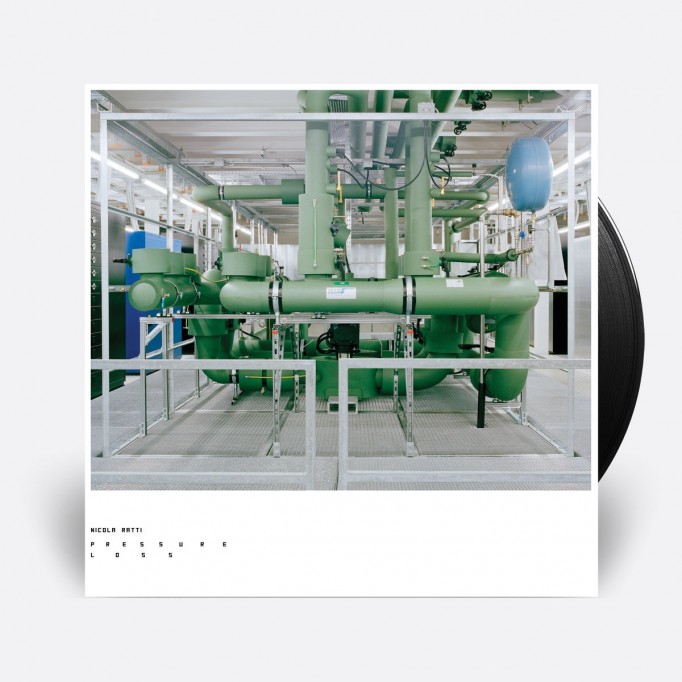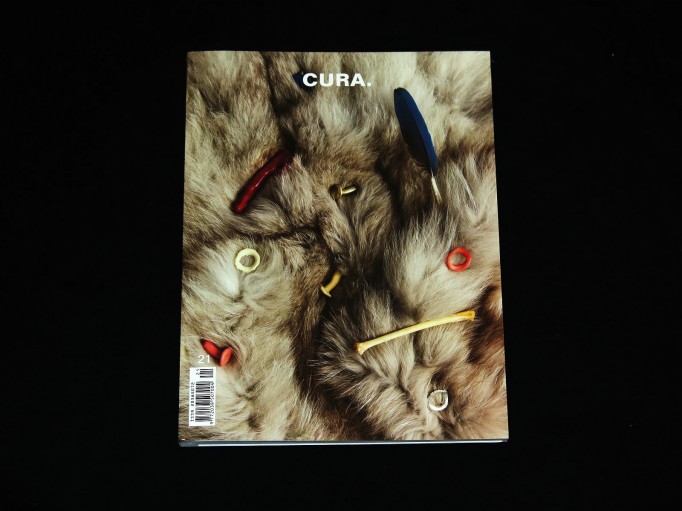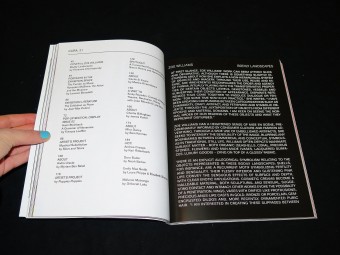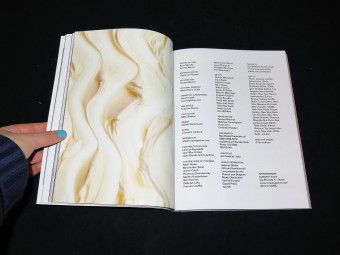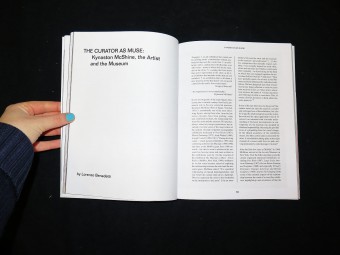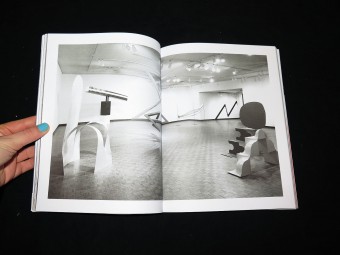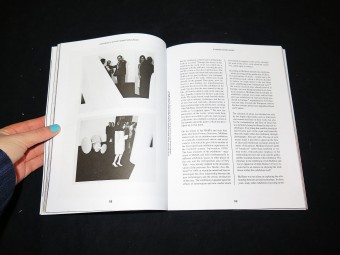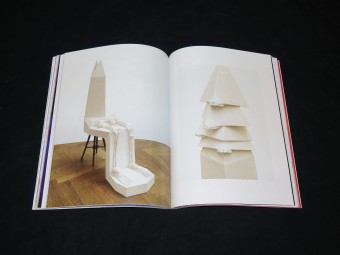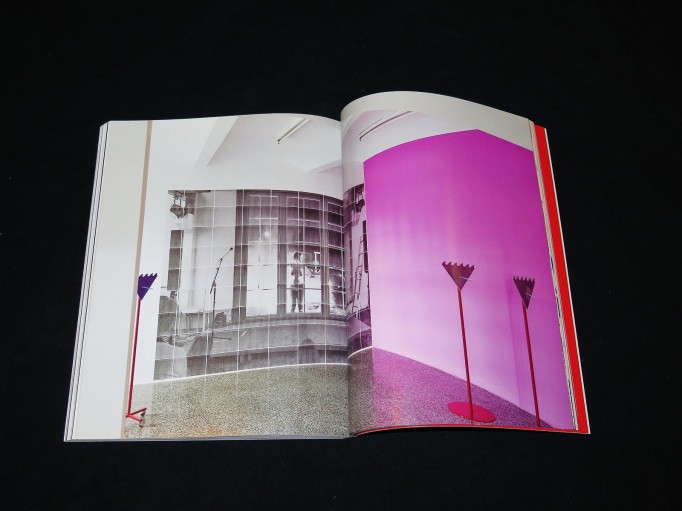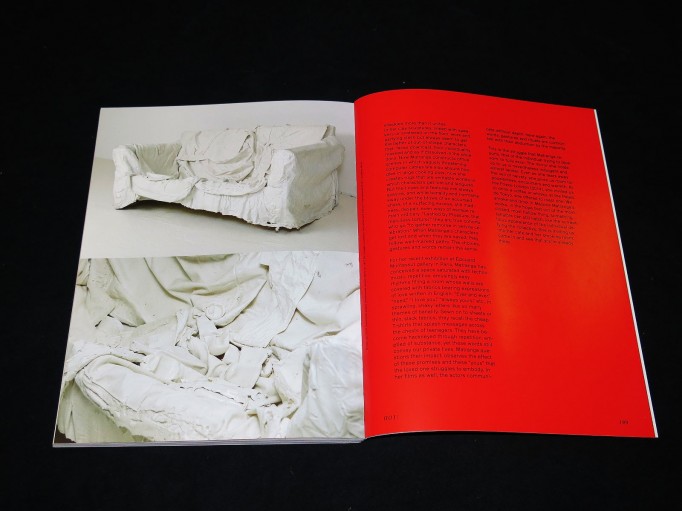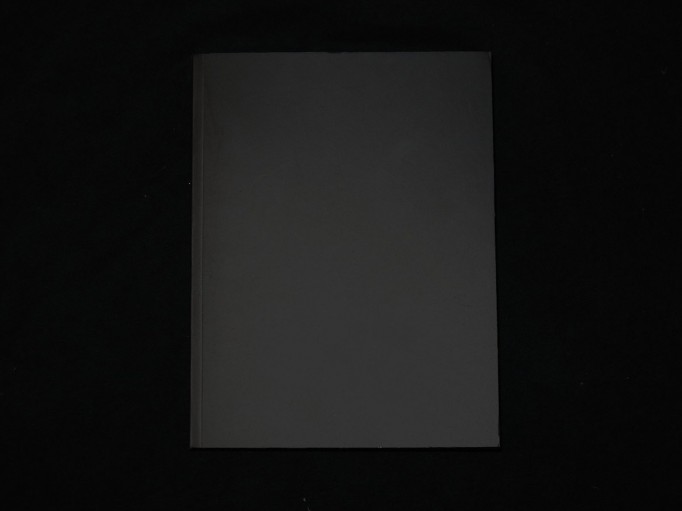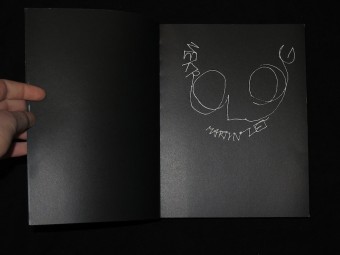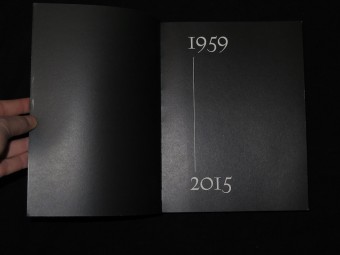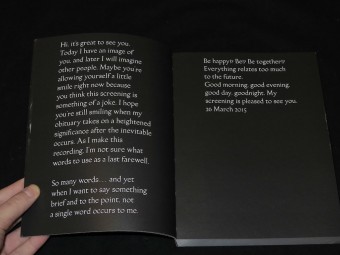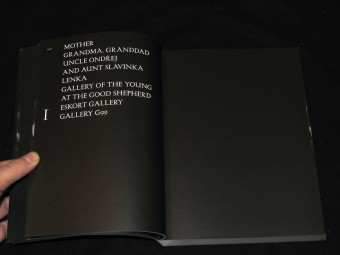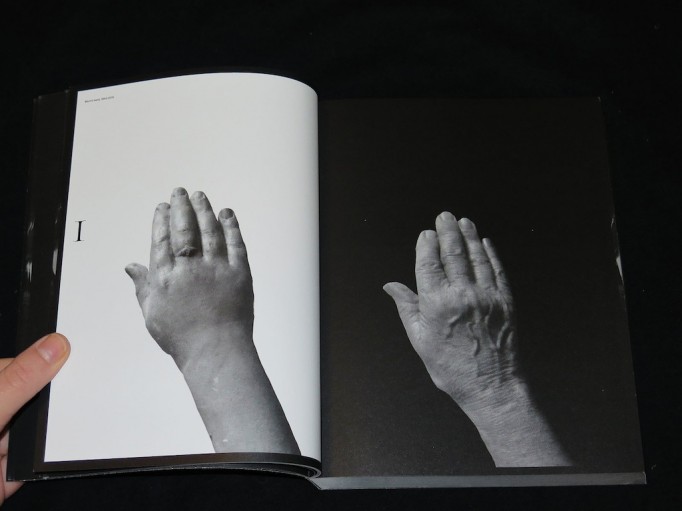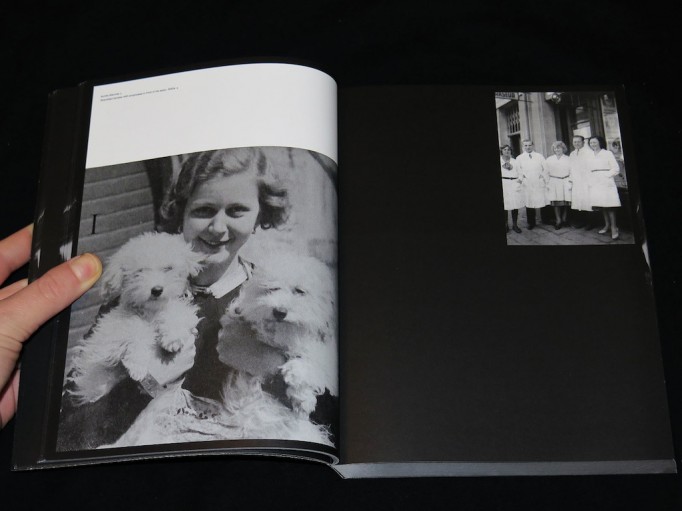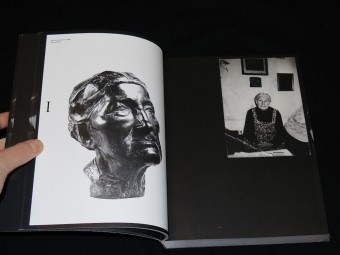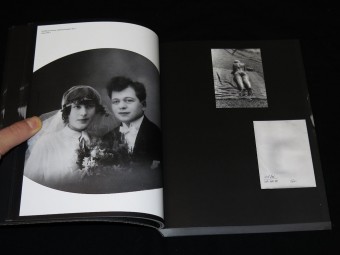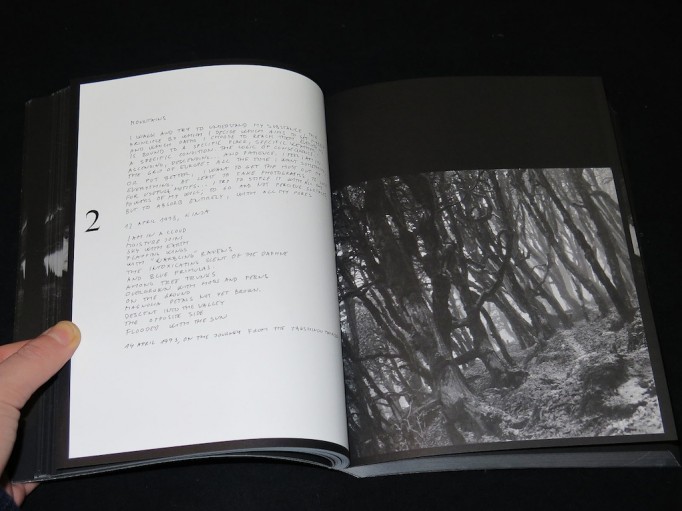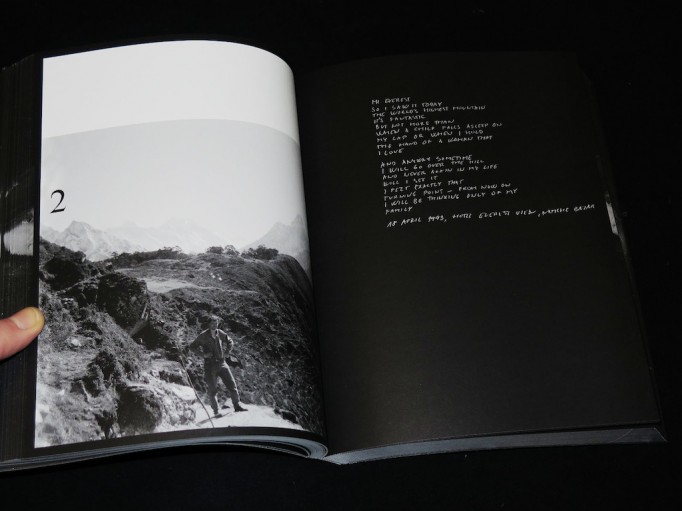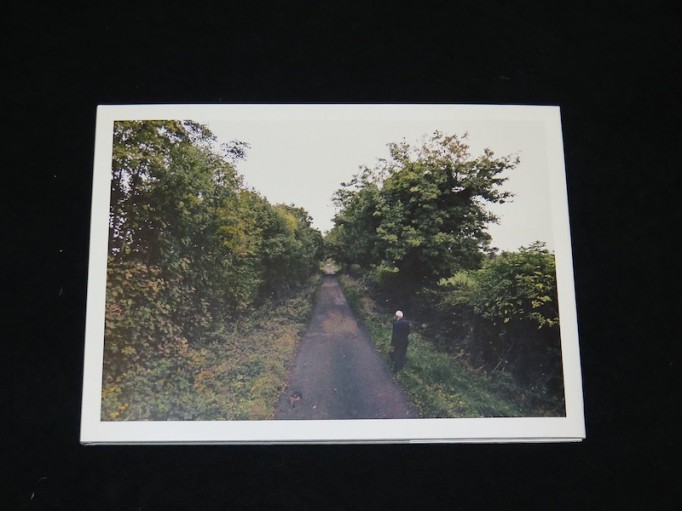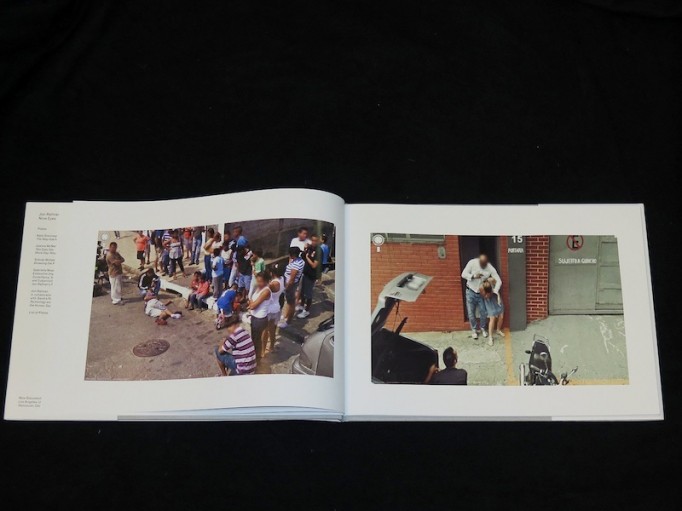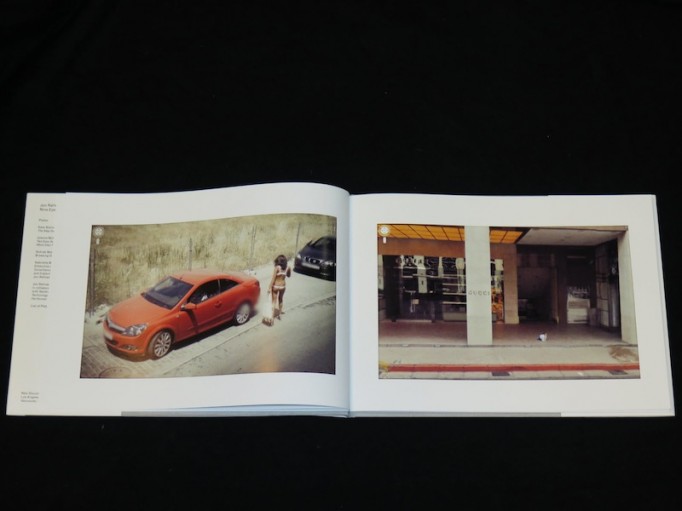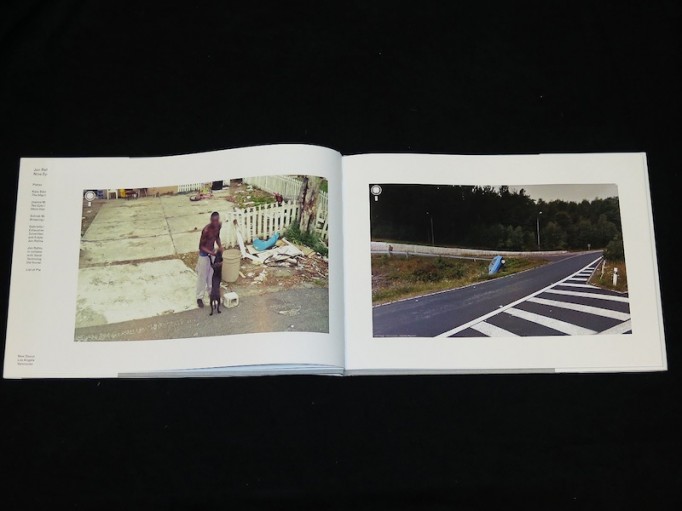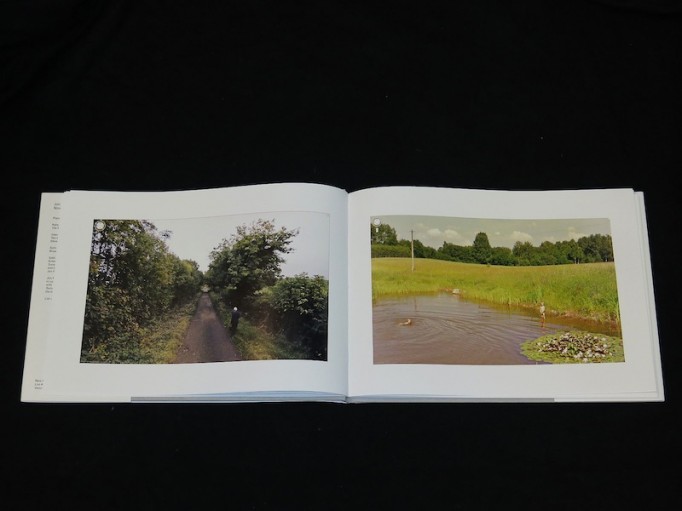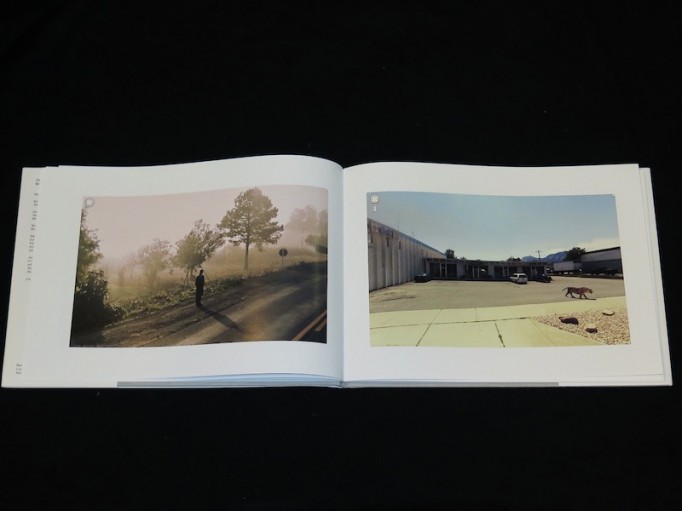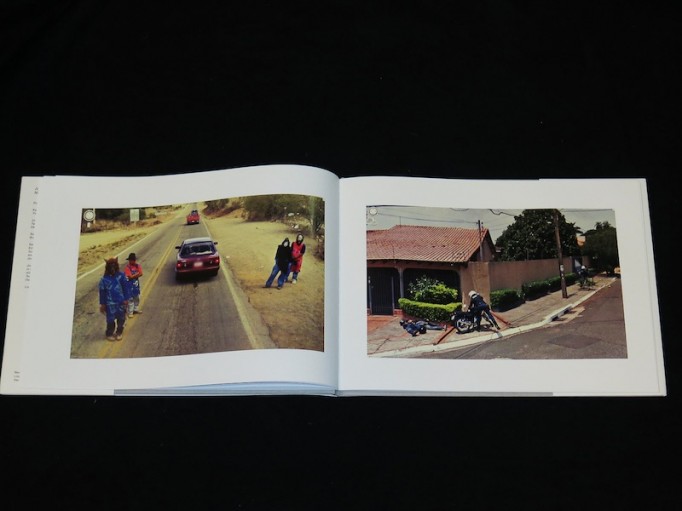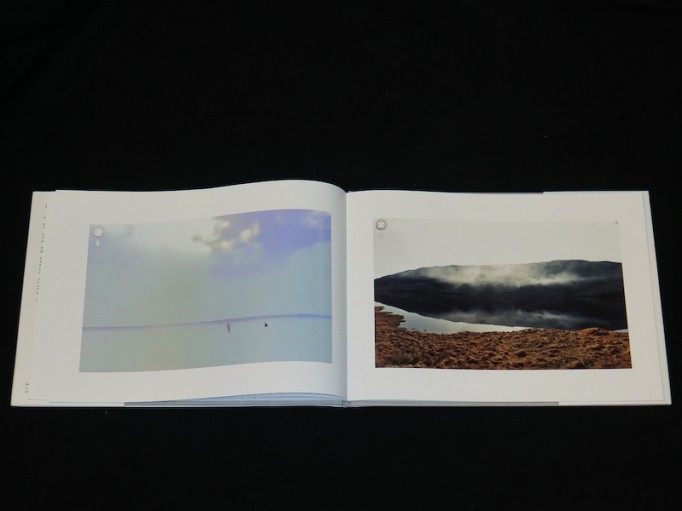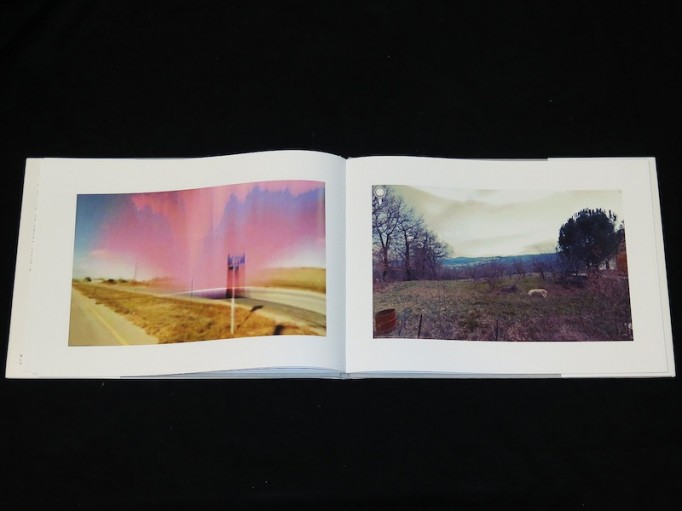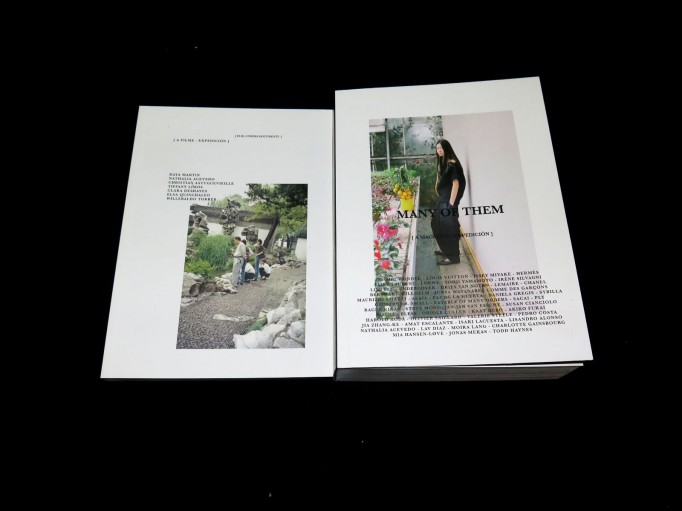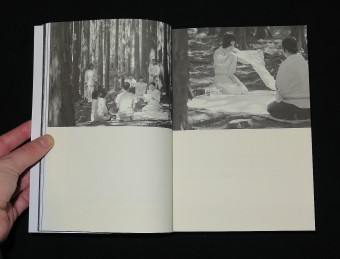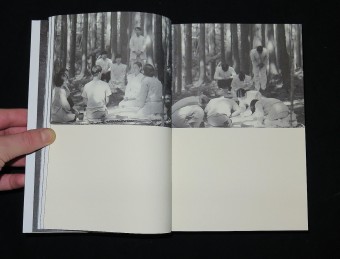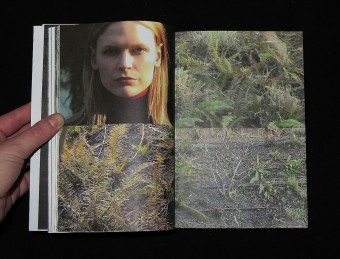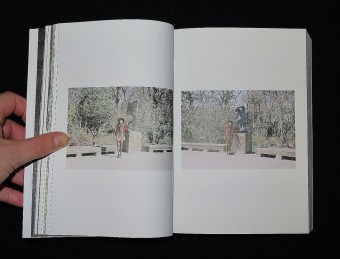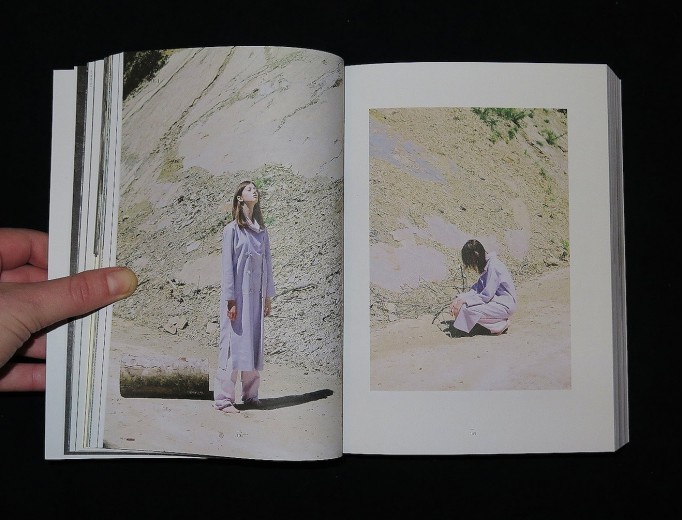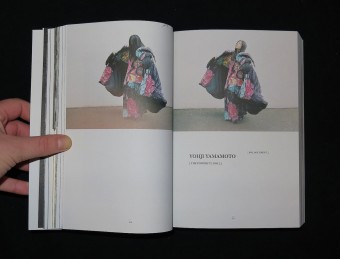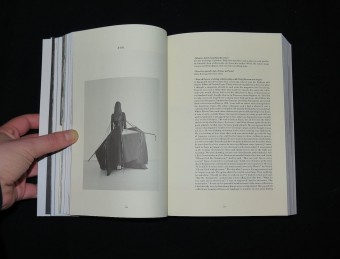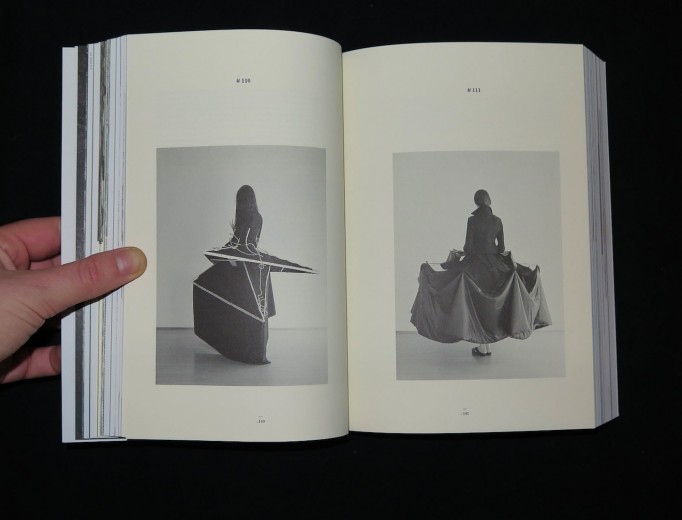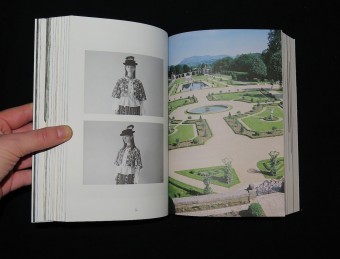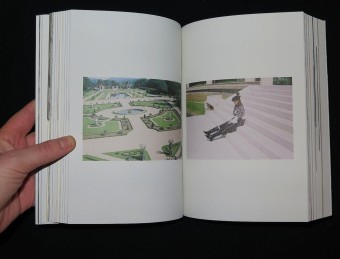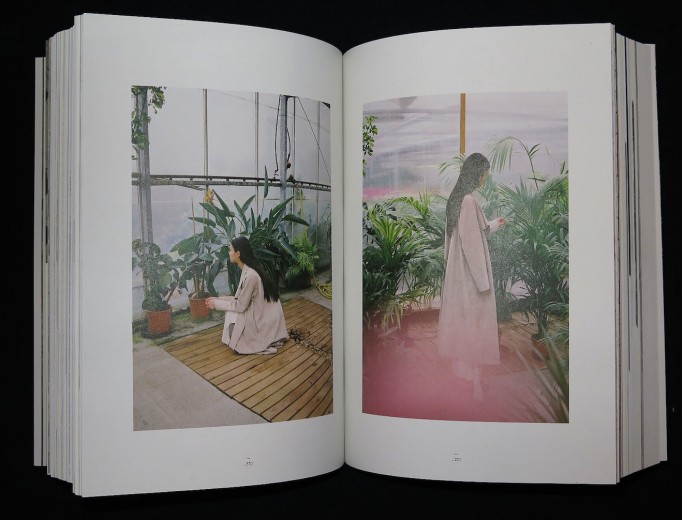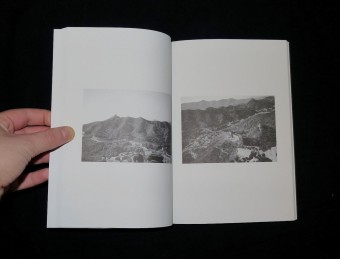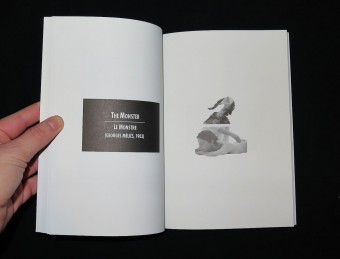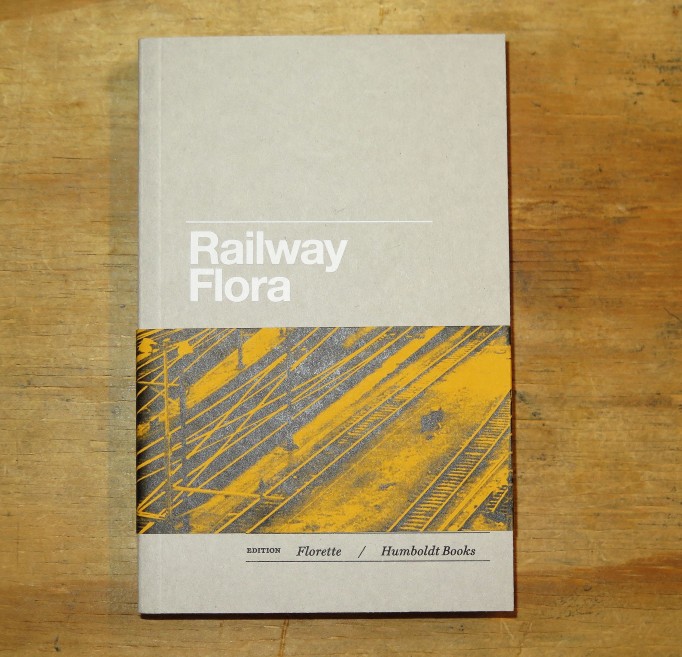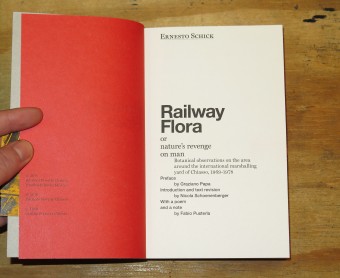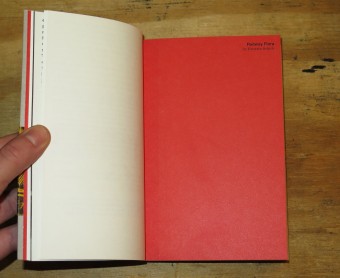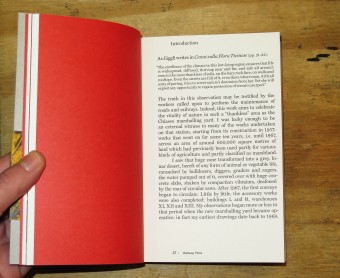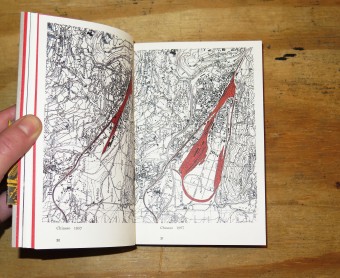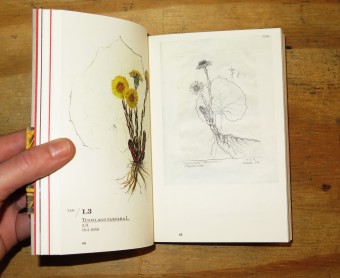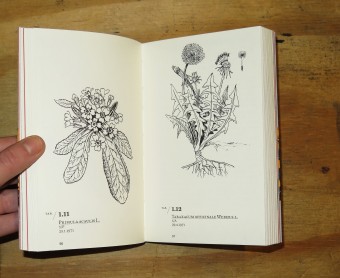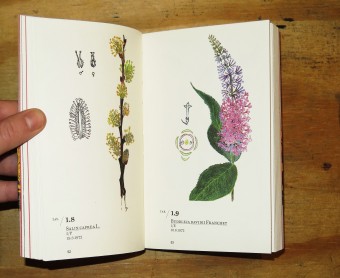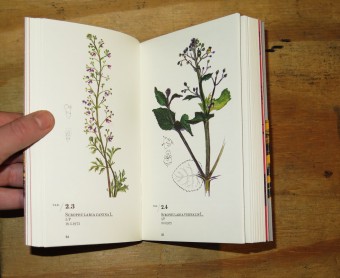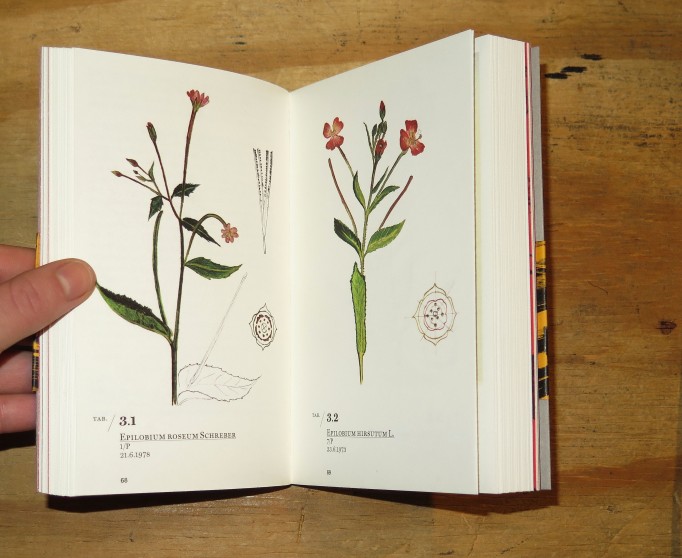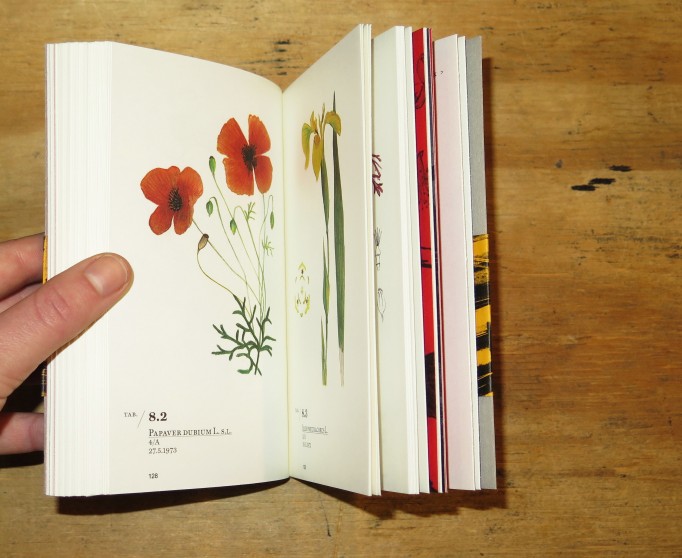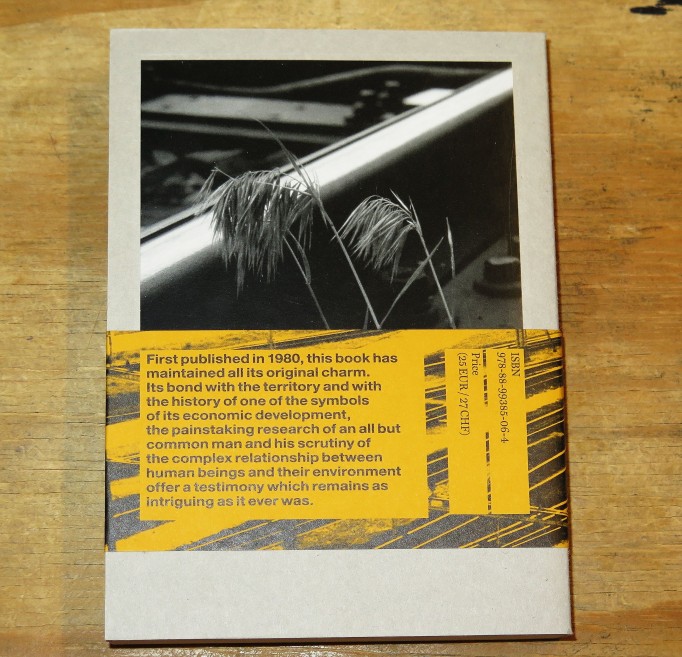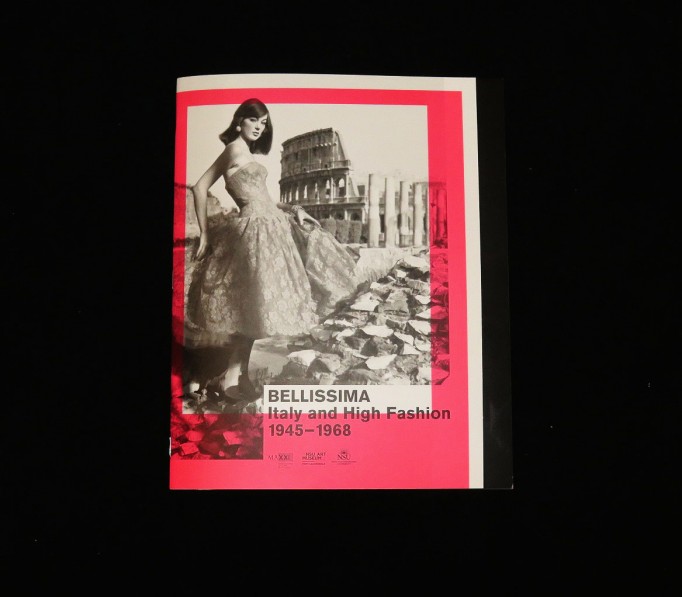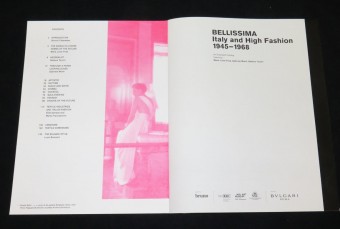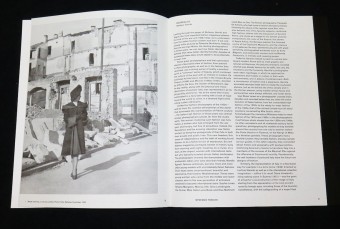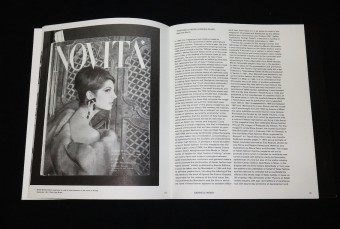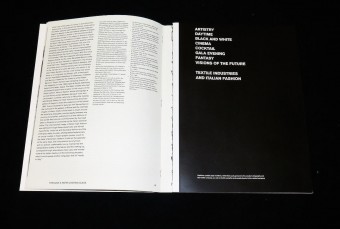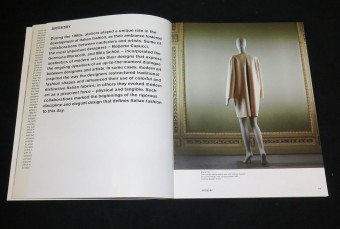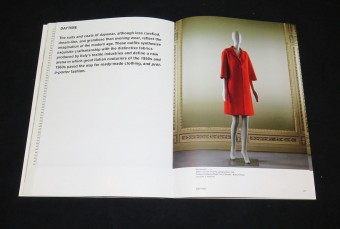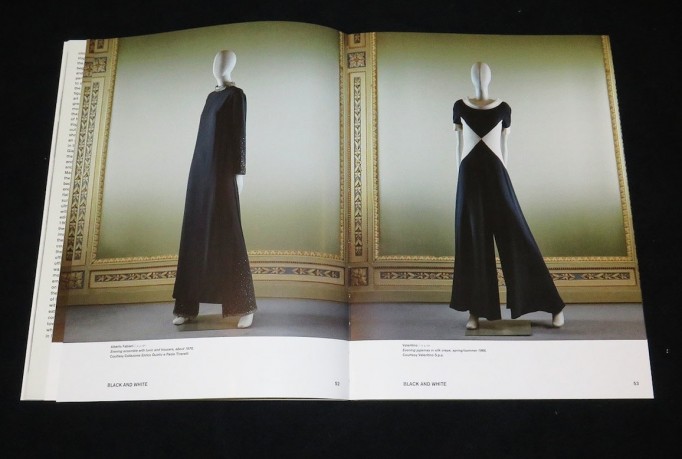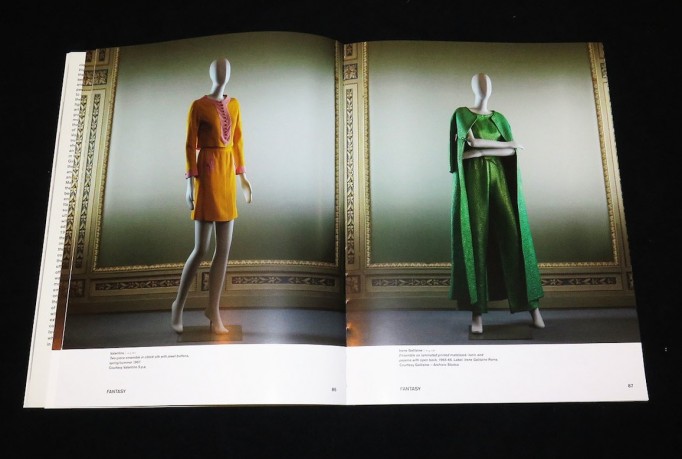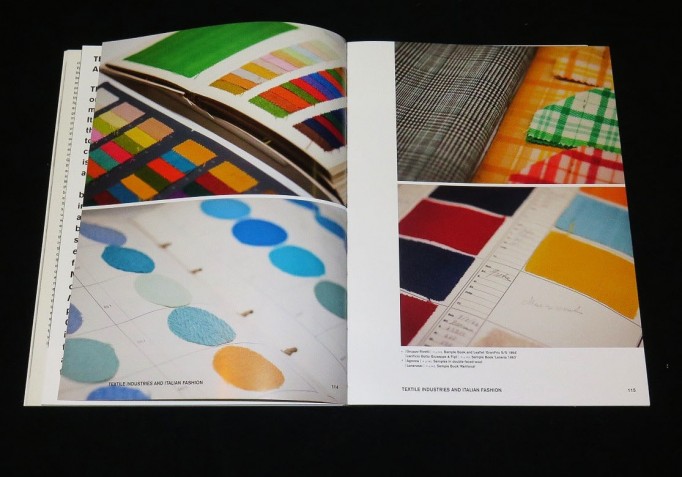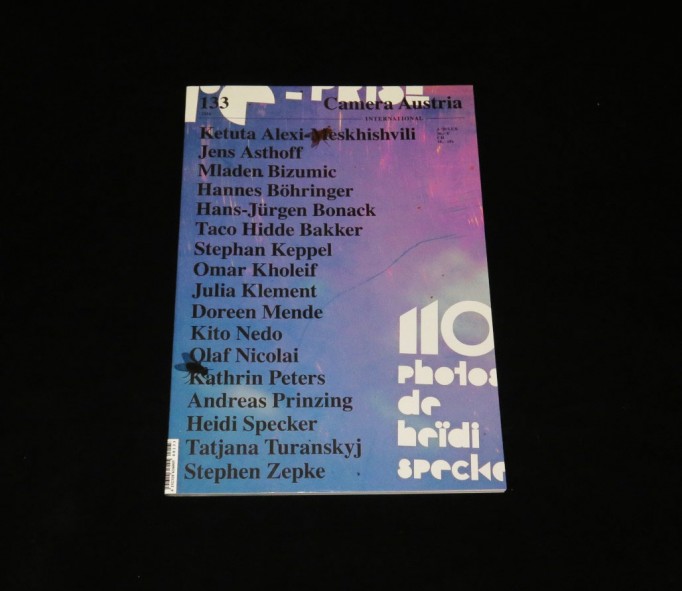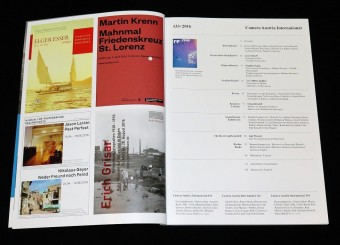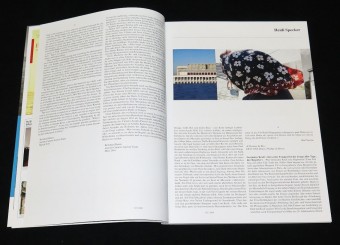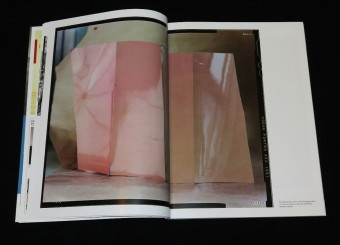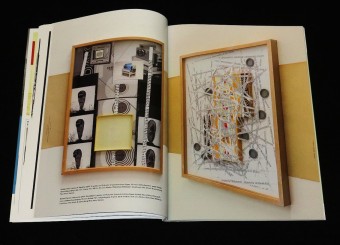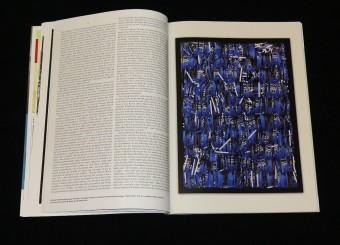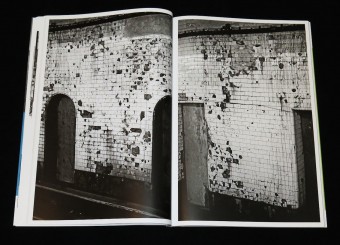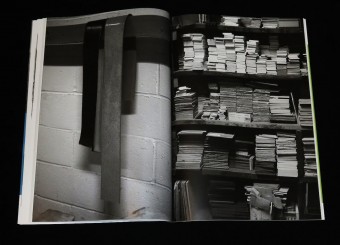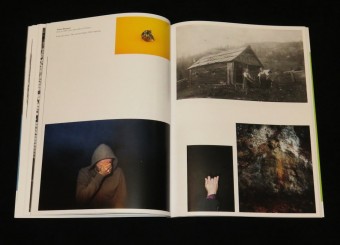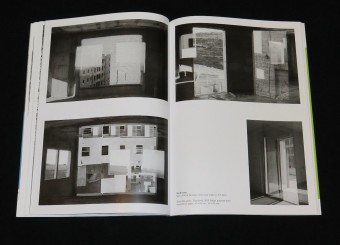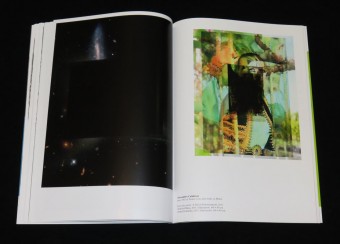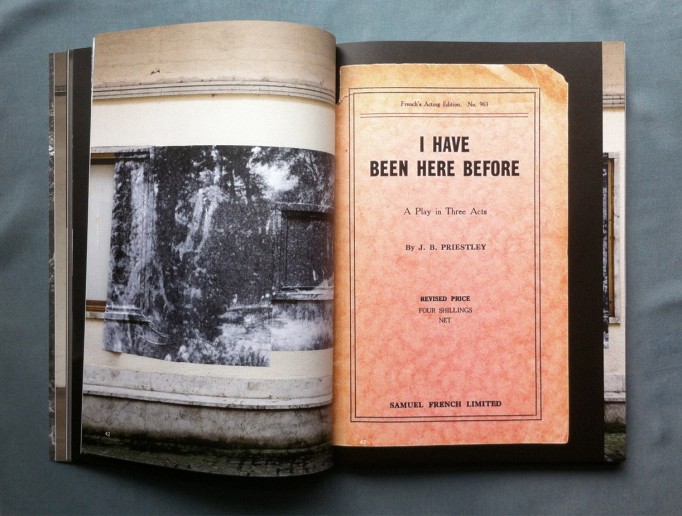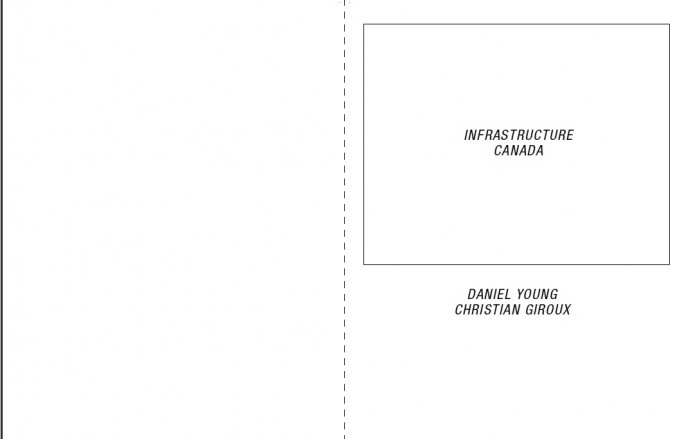Pressure Loss. Nicola Ratti. Where To Now?
Posted in Vinyl on April 1st, 2016Tags: Nicola Ratti, Where To Now?
Artist / Title : Nicola Ratti ‘Pressure Loss’
Format : LP + Download Card.
Cat : WTNLP04
Tracklist;
A1. W9
A2. W12
A3. W10
A4. W11
B1. W6
B2. W5
B3. Decrease
B4. W4
———————————————
Mixed by Nicola Ratti, additional mix and mastering by Giuseppe Ielasi.
Sleeve Photograph by Allegra Martin.
Design by Studio of the immaculate heart.
LP + Download card. limited to 500 copies.
———————————————
Nicola Ratti holds a rich history in the world of experimental and minimalist composition, having released music under his own name on labels such as Kning Disk, Anticipate, Preservation, Holidays, and Senufo Editions and in recent times concentrating his energy into his collaborative project ‘Bellows’, work which has seen the light thanks to Entr’acte Records and most recently Boomkat Editions. His latest solo work ‘Pressure Loss’ finds Ratti at a potential turning point in his musical career, exploring rhythm and tonality with a new vigour, in a way which embraces the fluid and consistently evolving modern world of electronic music, yet still references a history of electronics, limiting his sound palette to work only using the Serge and ARP Modular Synthesizer.
Bass, rhythm and melody, those basic ingredients of musical composition, are always present throughout the 8 compositions Ratti presents here, although it is almost like this balance was only briefly explained to someone who had never heard a conventional music piece before and was then left alone to improvise with the recipe with deep curiosity. A devastating pulse runs throughout, acting as a basin for a world of strange syncopated rhythms caught amid sonar blips, ghostly serrated hi-hats and dripping stalactites. The fluttering melodies that creep around the compositions’ edges sound like a tentative and childlike version of grime’s simple but visceral paranoid hooks. Bass, rhythm and melody, those basic ingredients of musical composition, are always present throughout the 8 compositions Ratti presents here, although it is almost like this balance was only briefly explained to someone who had never heard a conventional music piece before and was then left alone to improvise with the recipe with deep curiosity. A devastating pulse runs throughout, acting as a basin for a world of strange syncopated rhythms caught amid sonar blips, ghostly serrated hi-hats and dripping stalactites. The fluttering melodies that creep around the compositions’ edges sound like a tentative and childlike version of grime’s simple but visceral paranoid hooks.
17.80€
Buy it

